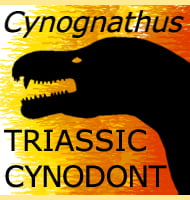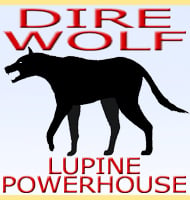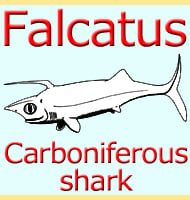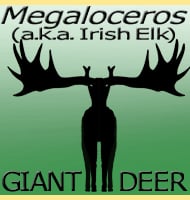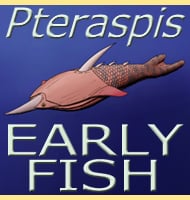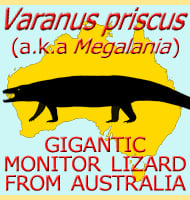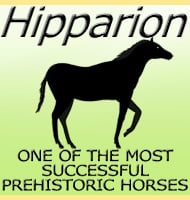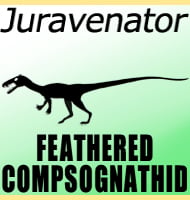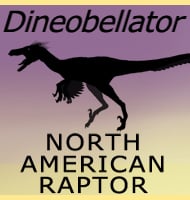In Depth
Aorun was a genus of coelurosaurian theropod that lived in China during the late Jurassic period. The holotype remains of are those of an individual which means that adults would have been a bit bigger and a little different, though the holotype remains of this genus are still enough to identify a new dinosaur. The teeth of Aorun are noted as being finely serrated or not at all, though it is recognised that this may be because the holotype specimen is that of a juvenile. Additionally, Aorun has only twelve teeth in the maxilla (while the premaxilla has an additional four), while adult forms of other coelurosaurs are known to have fifteen or more.
Aorun is known from the Shishugou Formation of China, the study of which can give us a clue to what other dinosaurs Aorun came into contact with. For a start, Aorun was not the only coelurosaur, Zuolong was also present. In addition to this other theropods such as Sinraptor, Monolophosaurus and even the basal tyrannosauroid Guanlong were also present. Aorun may have also come into contact with sauropods such as Mamenchisaurus and Bellusaurus as well as very primitive ceratopsians such as Yinlong and stegosaurs such as Jiangjunosaurus. Over the heads of these dinosaurs, pterosaurs such as Sericipterus would have flown.
Further Reading
- A juvenile specimen of a new coelurosaur (Dinosauria: Theropoda) from the Middle–Late Jurassic Shishugou Formation of Xinjiang, People’s Republic of China, J. N. Choiniere, J. M. Clark, C. M. Forster, M. A. Norell, D. A. Eberth, G. M. Erickson, H. Chu & X. Xu - 2013.

